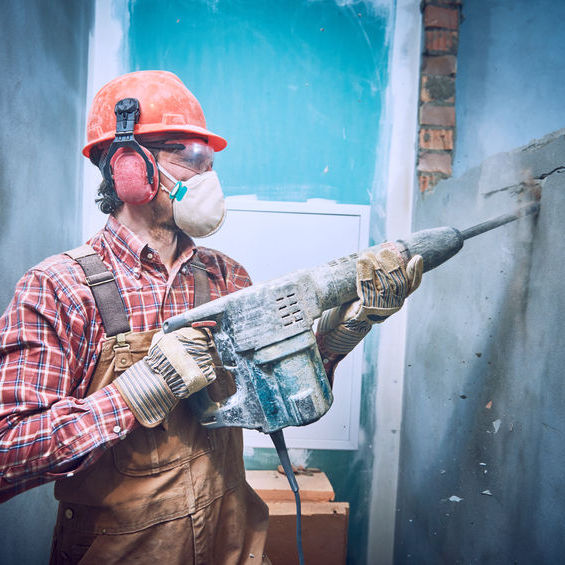Hazard Controls and Protective Measures
Noise control strategies serve as the first line of defense against excessive noise exposure.
The aim of using these controls is to reduce, eliminate, or replace the sources of excessive noise and to minimize exposure to noise hazards, thereby eliminating or reducing the risk to hearing.
With the reduction of even a few decibels, the hazard to hearing is reduced, communication is improved, and noise-related annoyance is reduced. There are several ways to control and reduce worker exposure to noise in the workplace.
Reduce the Hazard and Exposure
OSHA's hierarchy of controls for noise can be summarized as:
- Engineering controls aim to eliminate or contain the escape of hazardous noise at its source;
- Administrative controls control exposure by changing work schedules to reduce the amount of time any one worker spends in the hazard area; and
- Personal protective equipment (PPE) control the exposure with barriers between the worker and the hazard.
This hierarchy highlights the principle that the best prevention strategy is to eliminate the source of hazardous noise levels, and if that is not successful, manage exposure to those hazards through scheduling and the use of PPE. When it is not possible to eliminate the noise hazard or relocate the worker to a safe area, the worker must be protected with personal protective equipment.
The use of these controls should reduce hazardous exposure to the point where the risk to hearing is eliminated or at least more manageable.
Knowledge Check Choose the best answer for the question.
2-1. Which of the following strategies is best to protect employees from workplace hearing loss?
You forgot to answer the question!

